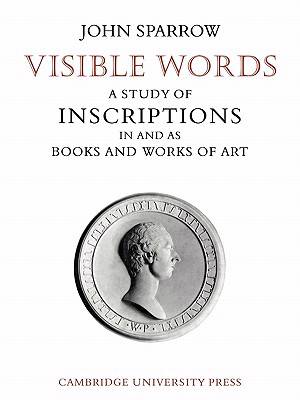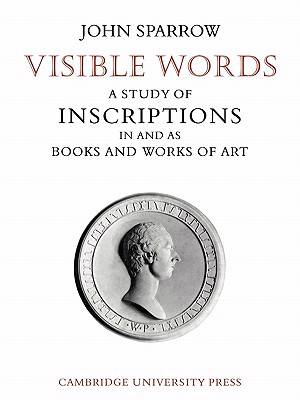
- Afhalen na 1 uur in een winkel met voorraad
- Gratis thuislevering in België vanaf € 30
- Ruim aanbod met 7 miljoen producten
- Afhalen na 1 uur in een winkel met voorraad
- Gratis thuislevering in België vanaf € 30
- Ruim aanbod met 7 miljoen producten
Zoeken
Visible Words
A Study of Inscriptions in and as Books and Works of Art
John Sparrow
Paperback | Engels
€ 66,45
+ 132 punten
Omschrijving
Mr Sparrow traces the development of the inscription as a literary form in Renaissance and post-Renaissance Europe. He defines the 'literary' inscription as 'a text composed with a view to its being presented in lines of different lengths, the lineation contributing to or enhancing the meaning, so that someone who does not see it, actually or in the mind's eye, but only hears it read aloud, misses something of the intended effect'. Mr Sparrow attributes the Renaissance concern with the visual presentation of words to the profound interest in epigraphy aroused by the rediscovery of classical inscriptions. This interest was felt mainly by scholars and writers, but it extended to architects, painters, sculptors and designers of monuments - all of whom incorporated inscriptions in their work.
Specificaties
Betrokkenen
- Auteur(s):
- Uitgeverij:
Inhoud
- Aantal bladzijden:
- 172
- Taal:
- Engels
Eigenschappen
- Productcode (EAN):
- 9780521136655
- Verschijningsdatum:
- 2/03/2011
- Uitvoering:
- Paperback
- Formaat:
- Trade paperback (VS)
- Afmetingen:
- 210 mm x 279 mm
- Gewicht:
- 399 g

Alleen bij Standaard Boekhandel
+ 132 punten op je klantenkaart van Standaard Boekhandel
Beoordelingen
We publiceren alleen reviews die voldoen aan de voorwaarden voor reviews. Bekijk onze voorwaarden voor reviews.











